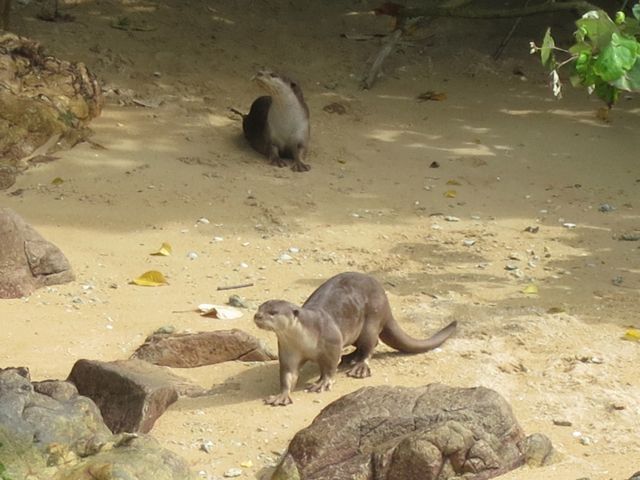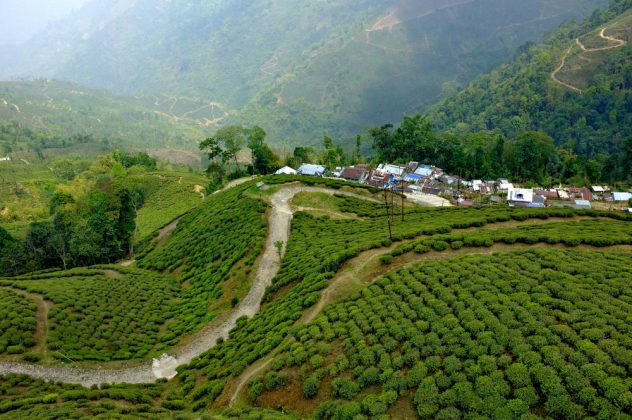Information Source: de Silva et al., (2015). The IUCN Red List of Threatened Species 2015.
As human population growth has accelerated over the past century, demand for more land area, energy and industrial activities has been the driving factor behind one of the major threats to the Smooth-coated Otter population in Asia: Habitat Loss.
Specifically, infrastructure developmental activities, conversion and clearance of wetlands into settlements and for agriculture, as well as construction of large-scale hydroelectric projects have contributed to the habitat destruction of the Smooth-coated Otters, directly impacting the decline of their population.

Hydroelectric plant, Vietnam
Image Credit: en.dangcongsan.vn
Other habitat-destructive activities include land reclamation of mangroves and forests, agriculture and aquaculture.

Smooth-coated Otters at Chek Jawa, an intertidal wetland on Pulau Ubin, Singapore. The area was almost subjected to reclamation, but plans were deferred.
Image Credit: nakedhermitcrabs.blogspot.sg
In India, a major factor of habitat loss is due to tea and coffee plantations along the hills, which causes the loss of hill streams, another habitat of the Smooth-coated Otters. Human settlements at the plantations can also lead to human-otter conflict.

Tea plantation in Darjeeling, West Bengal
Image Credit: shutterstock.com
War
Information Sources: http://www.int-review.org/terr36a.html
http://www.otterspecialistgroup.org/Bulletin/Volume30/AlSheikhly_Nadar_2013.pdf
After the Gulf War in the 90s, Saddam Hussein and the Iraqi government drained the Mesopotamian Marshes in Southern Iraq by diverting the flow of two rivers (Tigris River and Euphrates River) away from the marshes, in order to prevent the remaining militias from taking refuge and punish the tribes living in the marshes for participating in anti-government rebellions. Due to the habitat degradation, the population of the L. maxwelli subspecies of Smooth-coated Otter in Iraq was thought to be extinct.

Formerly a wetland in Mesopotamian Marshes, 2015
Image Credit: National Geographic

A village in the Mesopotamian Marshes, 1974
Image Credit: Nik Wheeler / Corbis
Fortunately, recent biodiversity site reviews and surveys have discovered that a small threatened population of the L. p. maxwelli subspecies has survived at several locations, such as to the north of Iraq in the Kurdistan Region.
